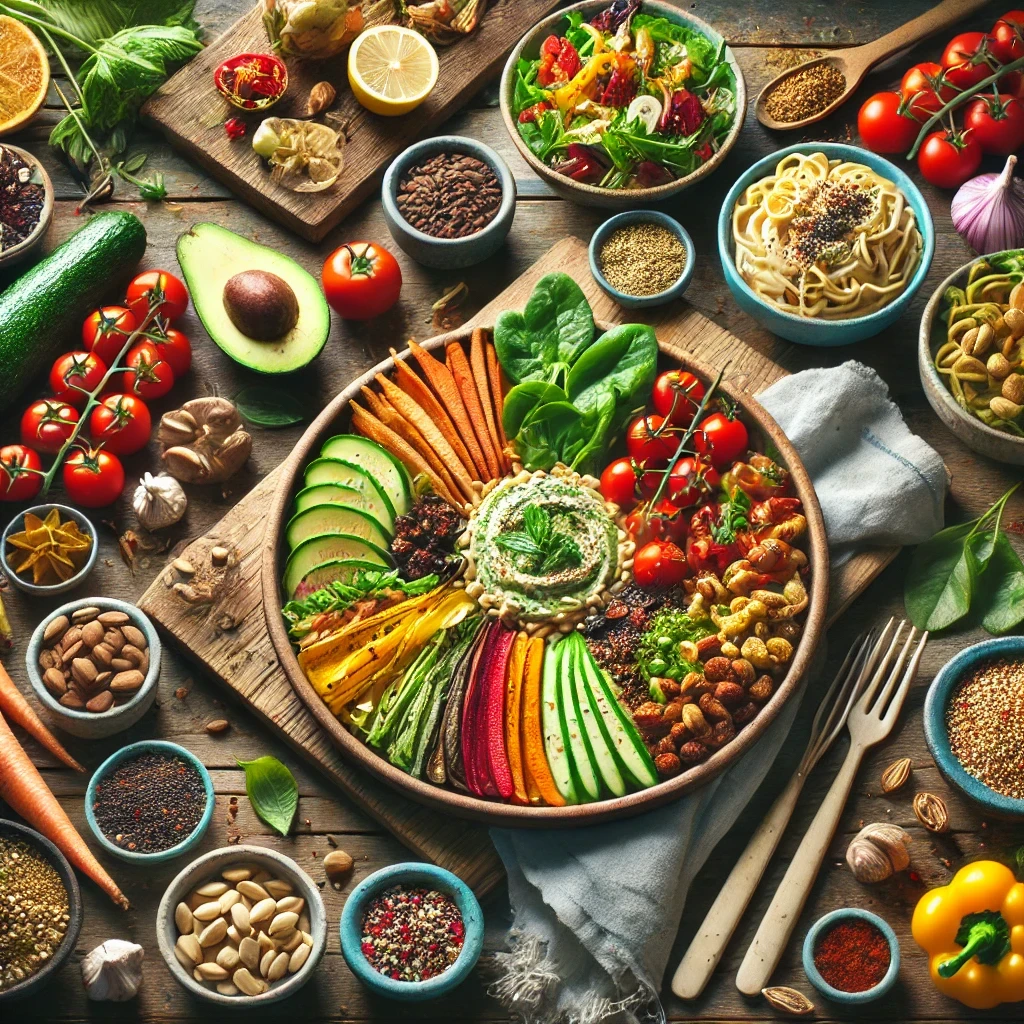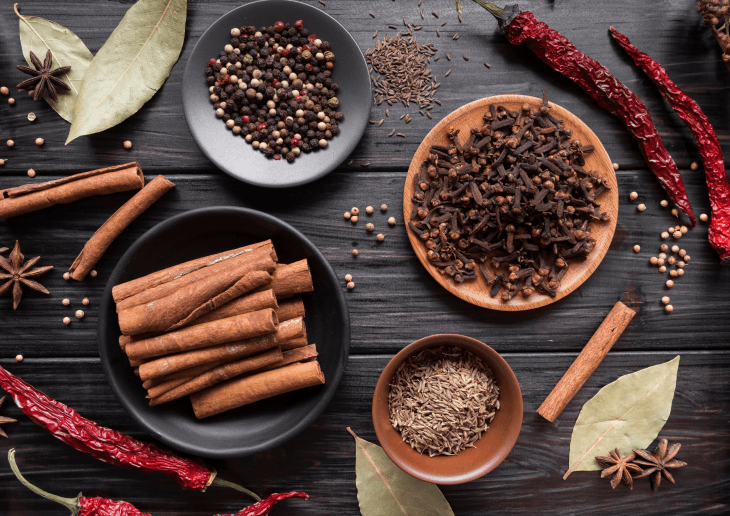Sep 15, 2024
Mastering Spices: A Flavorful Guide
Transform your meals with the magic of spices. Discover a world of flavors and their unique characteristics.
Introduction:
Spices have the power to transform simple ingredients into flavorful, aromatic masterpieces. They are the secret behind memorable dishes, bringing warmth, complexity, and character to every bite. Mastering the art of spices means understanding how each spice contributes to flavor, how they interact with one another, and how to use them to elevate your cooking.
This guide will take you on a journey through the world of spices—exploring their origins, flavor profiles, and culinary uses. Whether you're a home cook looking to spice up your daily meals or a food enthusiast eager to experiment with bold flavors, this guide will provide you with the knowledge and confidence to use spices like a pro.
By the end of this guide, you'll be able to create your own spice blends, cook with precision, and store spices properly to maintain their potency. Let’s dive into the vibrant world of spices and unlock the secrets to flavorful cooking.
Understanding Spices:
Spices come from various parts of plants—roots, bark, seeds, or fruits—and have been used for centuries to enhance food flavor, aroma, and even for medicinal purposes. Understanding spices means knowing how they influence taste, their culinary uses, and how they complement each other.
Origins of Spices: Spices like cinnamon, pepper, and cardamom have rich histories, often linked to ancient trade routes such as the Silk Road and Spice Route.
Types of Spices:
Warm Spices: Cinnamon, cloves, and nutmeg add sweetness and warmth.
Pungent Spices: Black pepper, mustard seeds, and ginger add sharp, bold flavors.
Aromatic Spices: Cardamom, fennel, and star anise provide fragrant and floral notes.
Flavor Profiles: Each spice offers unique flavor notes—sweet, bitter, sour, earthy, or spicy. Balancing these profiles is key to creating harmonious dishes.
Health Benefits: Spices like turmeric have anti-inflammatory properties, while cinnamon can help regulate blood sugar. Incorporating spices can enhance both flavor and wellness.
Mastering Spice Blends:
Spice blends are combinations of complementary spices that define the flavors of global cuisines. Mastering these blends allows you to recreate authentic dishes or experiment with your own unique flavors.
Popular Spice Blends:
Garam Masala (India): A warm blend of cinnamon, cumin, coriander, and cardamom. Perfect for curries and stews.
Herbes de Provence (France): A fragrant blend of thyme, rosemary, and lavender, ideal for roasted vegetables and meats.
Cajun Seasoning (Southern USA): A bold mix of paprika, cayenne, garlic, and oregano, great for grilled meats and seafood.
Ras el Hanout (Morocco): A complex blend of up to 30 spices, adding depth to tagines and couscous.
Creating Custom Blends: Experiment with different ratios of spices based on your flavor preferences. Toast whole spices before grinding for deeper flavors.
Tips for Cooking with Spices:
Toasting Spices: Toast whole spices in a dry pan to enhance their aroma and flavor before grinding.
Blooming Spices: Sauté ground spices in oil at the beginning of cooking to release their essential oils.
Layering Flavors: Add spices at different stages—early for depth, and at the end for brightness.
Balancing Heat: When using hot spices like chili powder or cayenne, balance the heat with cooling elements like yogurt or citrus.
Experimentation: Don’t be afraid to experiment. Spices are versatile—try adding unexpected spices like cinnamon to savory dishes for a unique twist.
Storing and Preserving Spices:
Proper storage ensures spices retain their flavor and potency:
Store in Airtight Containers: Keep spices in airtight jars to protect them from moisture.
Avoid Heat and Light: Store spices in a cool, dark place away from direct sunlight and heat.
Label and Rotate: Label jars with purchase dates. Use older spices first and replace ground spices every 1-2 years. Whole spices last longer—up to 4 years.
Grind Fresh When Possible: Grinding spices just before use ensures maximum flavor and aroma.
Conclusion:
Mastering spices opens up endless culinary possibilities. By understanding different spices, creating custom blends, and applying proper cooking techniques, you can transform ordinary dishes into unforgettable meals. Spices not only enhance flavor but also reflect the rich culinary traditions of cultures around the world.
Embrace the art of cooking with spices, experiment boldly, and let your kitchen become a place of flavorful exploration. With a little knowledge and creativity, you’ll soon be crafting dishes that captivate the senses and delight the palate.
New Template








